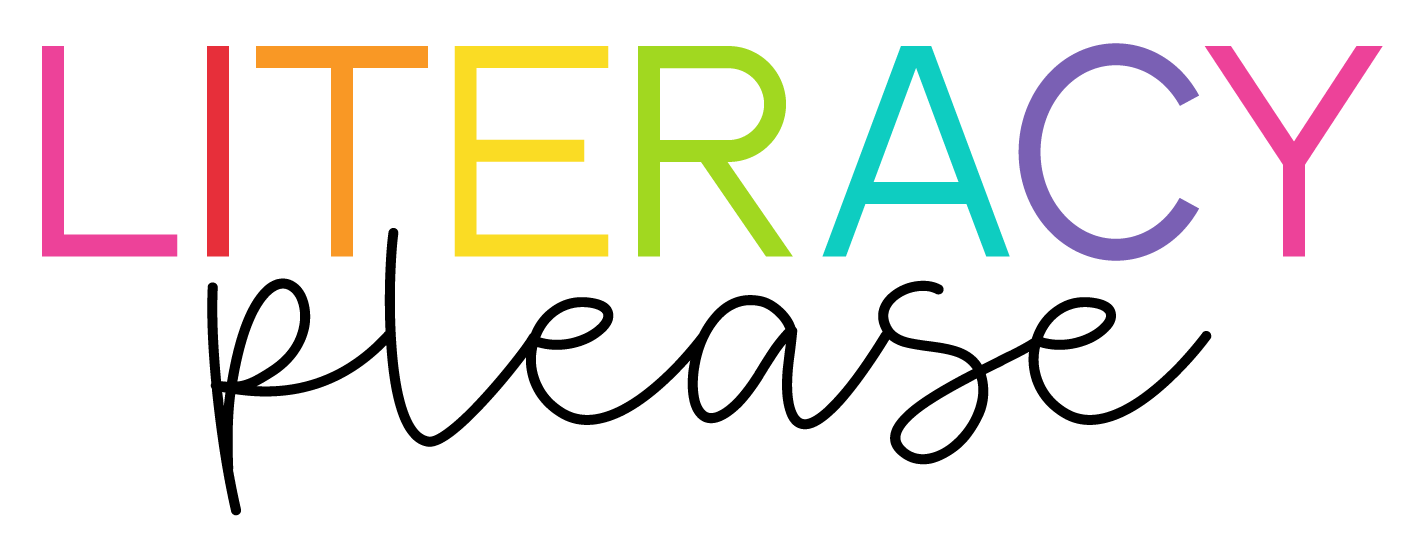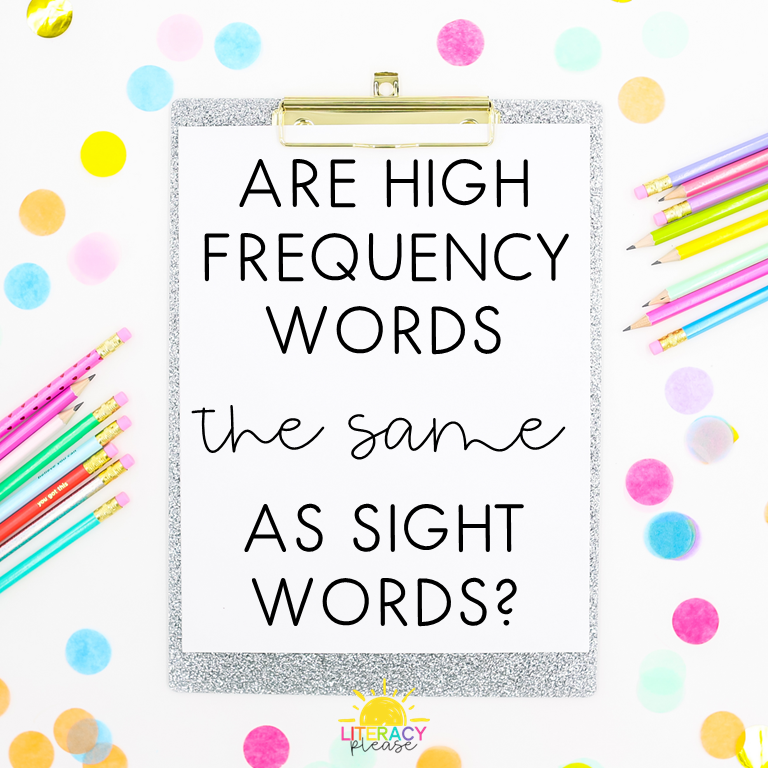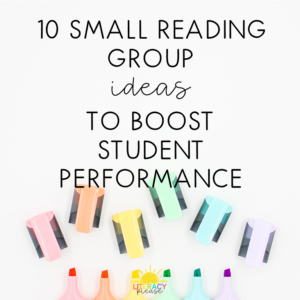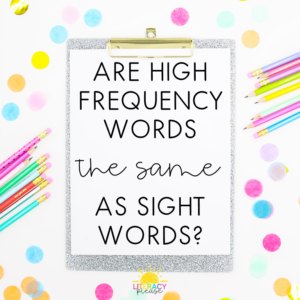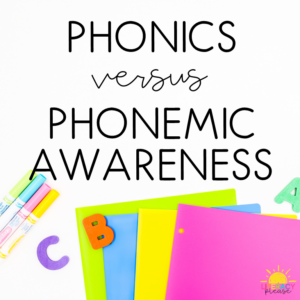We often hear these terms used interchangeably. But are high frequency words the same as sight words? Let’s look at the similarities and differences.
What are high frequency words?
Words found most often in text or in spoken language are high frequency words. There are various word lists, but they have a lot of similarities. These include Fry word lists and Dolce word lists.
What are sight words?
Sight words are words that are immediately recognized when encountered. There isn’t a need to decode, break into parts, or to think about the word. It’s a word a reader knows the moment he/she sees it.
For example, which words do you recognize immediately without putting forth any mental energy in the following sentence?
The peliforthigo ran into the house to hide.
You probably read the, ran, into, the, house, to, and hide without thinking about it. There was no need to decode the words or break them into syllables. You just knew them.
However peliforthigo was probably read by breaking the word into parts. You’ve never seen this word. Or if you have, you haven’t committed it to memory. Therefore, it’s not a sight word.
Any word can become a sight word. It’s just a matter of the word becoming committed to memory and immediately recognized upon seeing it.
Why the confusion?
High frequency words and sight words are often confused. Teachers would like high frequency words to become sight words.
The most common words found in text are high frequency words. Wouldn’t it be great if students could read them with automaticity? Of course!
So, it would be great if our students could make those high frequency words into sight words. But that’s a totally different story.
Which words should students learn first?
In kindergarten, there are some high frequency words that are helpful to know, like the and is. So this strategy might not fit beginning kindergartners. But it sure is helpful for first grade on.
Your phonics curriculum likely has a scope and sequence. And it probably recommends high frequency words for you to teach.
Instead, you might want to teach the words strategically. For example, if you are teaching short a, wouldn’t it make sense to teach as, had, and can at this time?
Or maybe you’re teaching r-controlled vowels. This would be the perfect time to introduce more, part, and number.
High Frequency Words vs Sight Words
High frequency words: words most commonly found in text and spoken language. These words can become sight words.
Sight words: words that are recognized immediately and have been committed to memory. These words can also be high frequency words.
